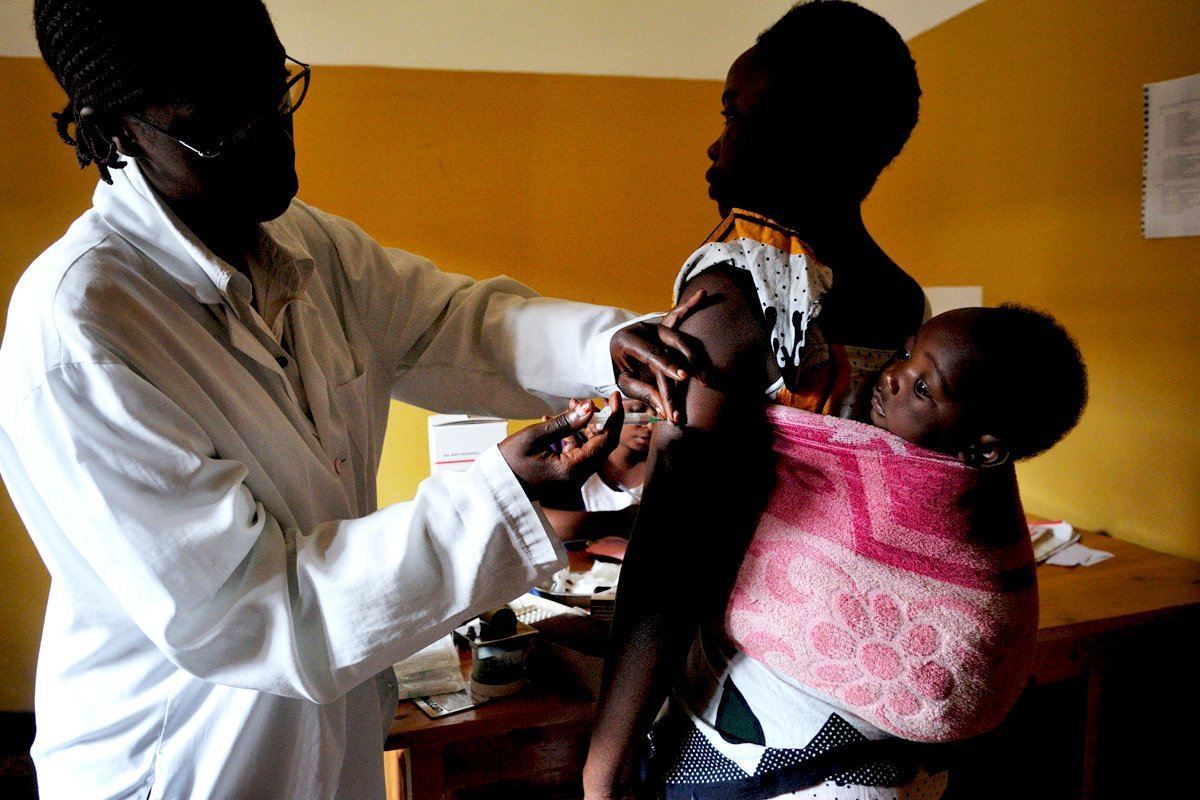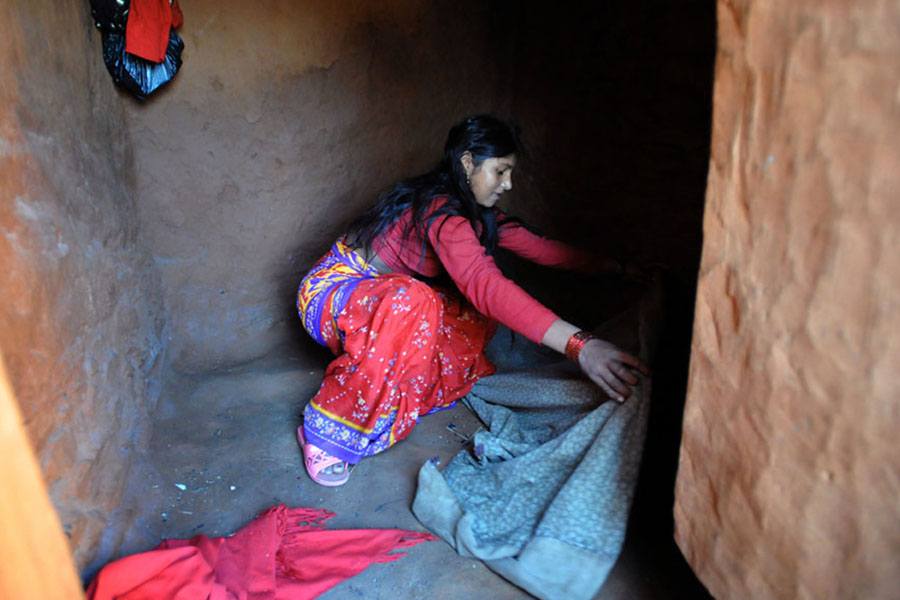Around the World in 28 Days

Source: The Daily Beast.
The modern age excels in creating comfort and security for people lucky enough to have been born in the right century—and place. Women in the West can head out the door wearing whatever shade of white pants they want without fear of an embarrassing incident or a sudden, religiously inspired quarantine. It’s easy to forget, however, that not everybody lives in this reality.
So how is The Curse handled around the world today? Like a curse, actually, as hundreds of millions of women and girls still find themselves hobbled by a monthly cycle which effectively imposes a disability on them throughout their most productive years.

PRAKASH MATHEMA/AFP/Getty Images A Nepali women prepares her bedding inside an isolated house during the Hindu ritual known as chhaupadi. Under the practice women are prohibited from participating in normal family activities during menstruation and after childbirth
One way of dealing with periods is just to not have them. In the West, this is usually accomplished with oral contraceptives, which tricks a woman’s gullible ovaries into thinking she’s already pregnant. Taking the pill continuously (without the placebo) suppresses ovulation altogether.
Women who don’t have the option to just shoot down to the clinic take a different approach: they stay continuously pregnant or breastfeeding throughout their reproductive years.
According to the World Bank, the average woman in Niger has 7.5 children. Think about what that means in terms of time invested. Assuming an early start—say, at age 15—and a year or two of suppressed ovulation after each baby, average women in Niger might not see more than a handful of monthly cycles from their teen years to their forties. The numbers are just as bleak for other impoverished countries such as Uganda and Nigeria.
Another approach is to hide. According to UNICEF, maybe 10 percent of African girls don’t attend school because of uncontrolled menstruation. If that sounds like a weak excuse, imagine yourself as a 15-year-old girl in a deeply religious and modest country, and the only facilities you have are a hole in the dirt right next to where the boys are eating lunch, and you can see how this gets in the way of a quality education.
The punishment doesn’t stop with school. The same UNICEF report found that up to 24 percent of working women in Africa have to take time off from work just to avoid the trouble and potential health hazard of working through their periods. It’s difficult to pull your country out of poverty when maybe 10 percent of your total workforce misses up to 45 days of work a year for something that could be managed with a handful of cotton—or, hell, even some softened papyrus.






